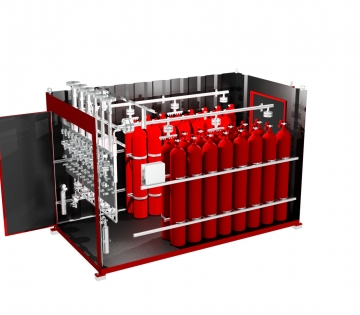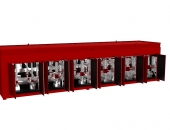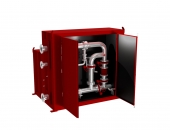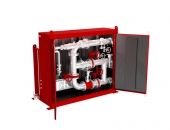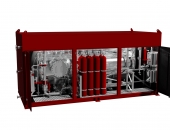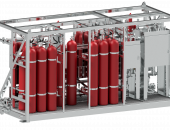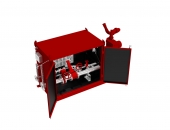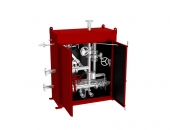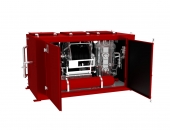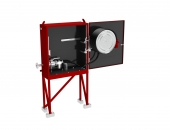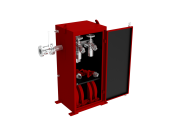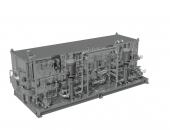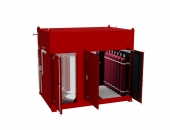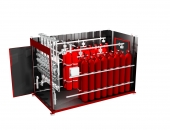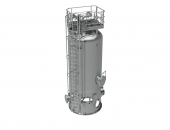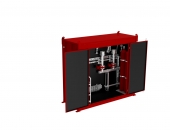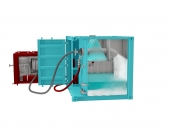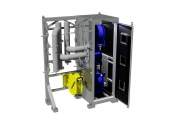The main extinguishing principle for this system is that gas, when applied to an area where fire is present, displaces air around the fire, removing the oxygen that the fire requires to continue burning. A gaseous fire suppression system can be designed to release a variety of gasses, including Argonite, Inergen, CO2, FM200, Novec, or an equivalent gas. Each type of gas offers specific benefits and disadvantages when fighting specific types of fires.
Gaseous systems are primarily installed in enclosed areas with controlled ventilation, where they can provide optimal fire protection. These systems are used as a total flooding system for a wide range of hazards, though they are not safe to be used to suppress fires of chemicals that have their own oxygen supply or in areas where reactive metals are present.
Firenor gaseous systems are often custom designed in order to provide optimal fire suppression based on the design specifications of the installation area or project. The system can be manufactured as a single zone or multi-zone system that uses a pneumatic, hydraulic, electrical signal, or manual release. The total number of cylinders for the system is also variable, calculated based on the volume of the protected area and required concentration of gas for optimal extinguishing. Furthermore, the system is standardly built in an open frame but is also available in an insulated cabinet if freezing pipes are a concern. Finally, all gaseous systems designed are based on key components supplied by the license holders of these systems.
Every system can be customized, upon request, for compliance with applicable rules, regulations and project specific requirements as well as standard such as CE, FM, UL, ASME, DIN, DNV, BV, NMD, IMO, NFPA, Norsok. Full documentation for any tailor-made products are available and include all necessary certifications, third party verifications such as DNV/GL, BV, ABS, etc., and full scale test reports, if required.
Firenor can design the nozzle placement for the system and carry out all necessary hydraulic and nozzle bore calculations to ensure optimal efficiency.
- Flexible design
- Compatible with various hazardous area classification and regulations (ATEX, UL, CSA etc)
- Maintenance friendly
- Limited damage to a protected area
Every Firenor system is available in the following materials:
- Carbon steel
- Galvanized Cabron Steel
- Copper nickel
- Brass
- SS316
- 6Mo
The engineering department produces documentation relevant to all phases of the project. Documentation normally includes the following:
- Quality plan
- ITP
- Drawings
- Data sheets
- Indexes
- Procedures
- Calculations
- Certificates
- Reports
- User manual
- MRB

